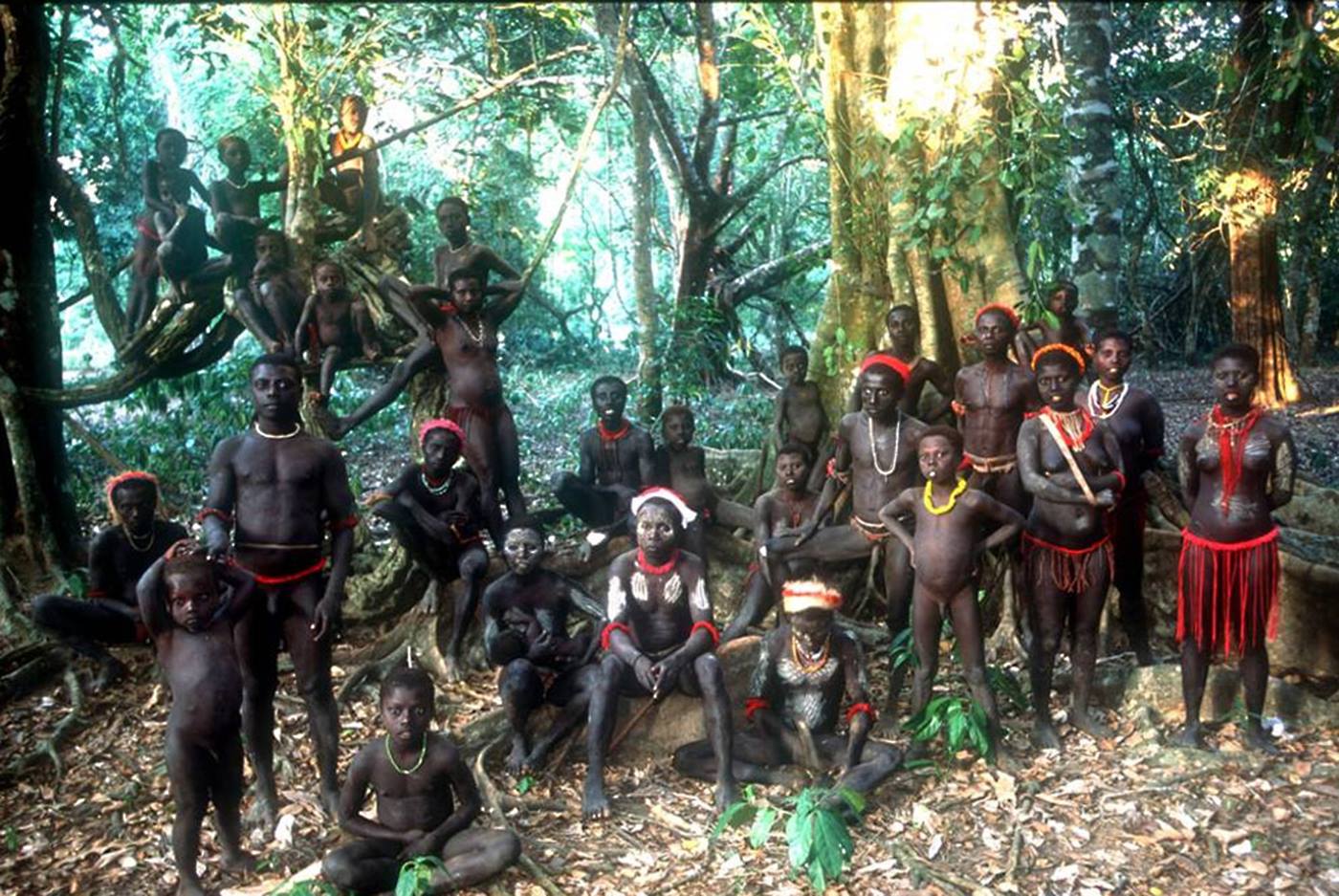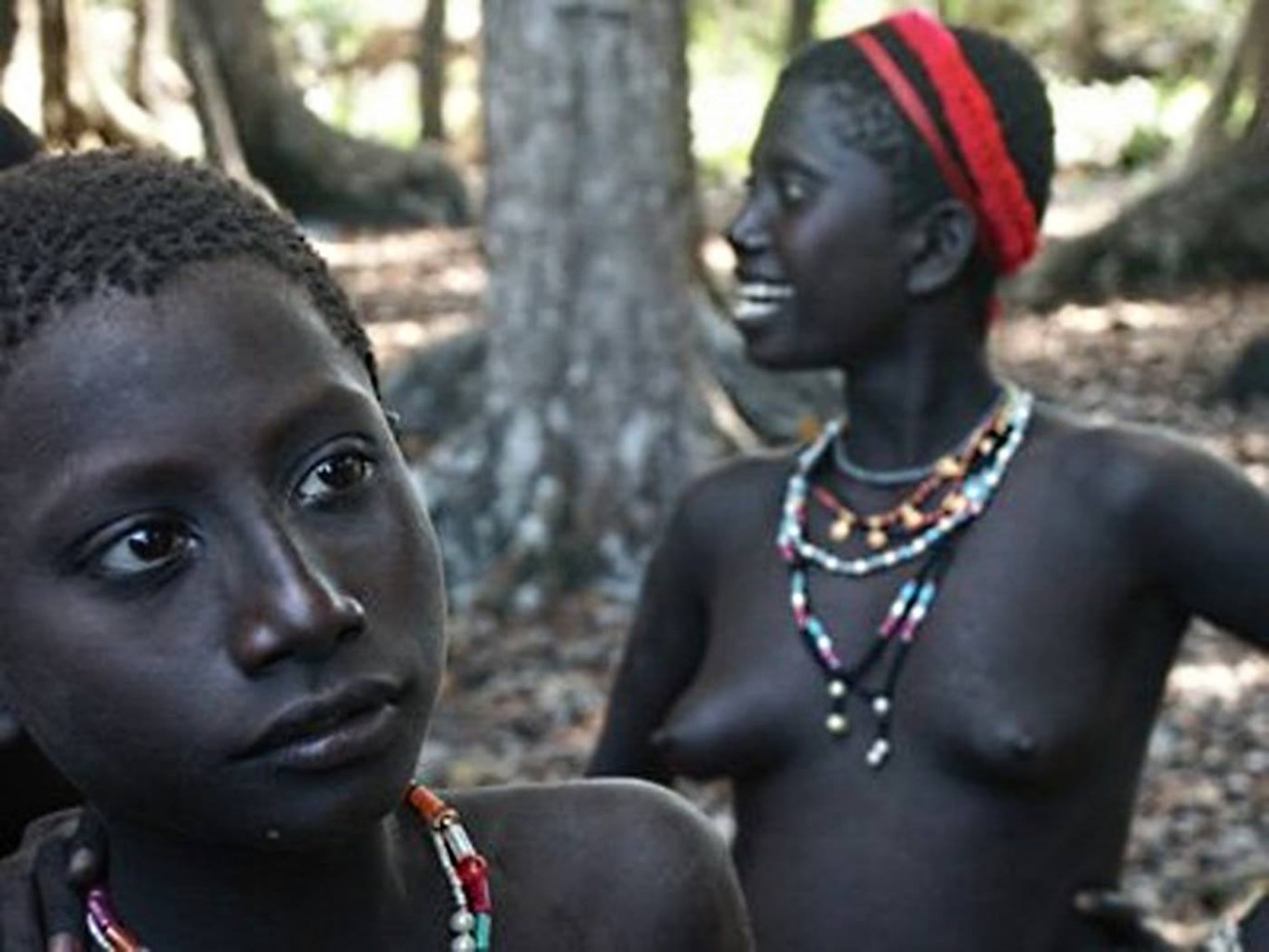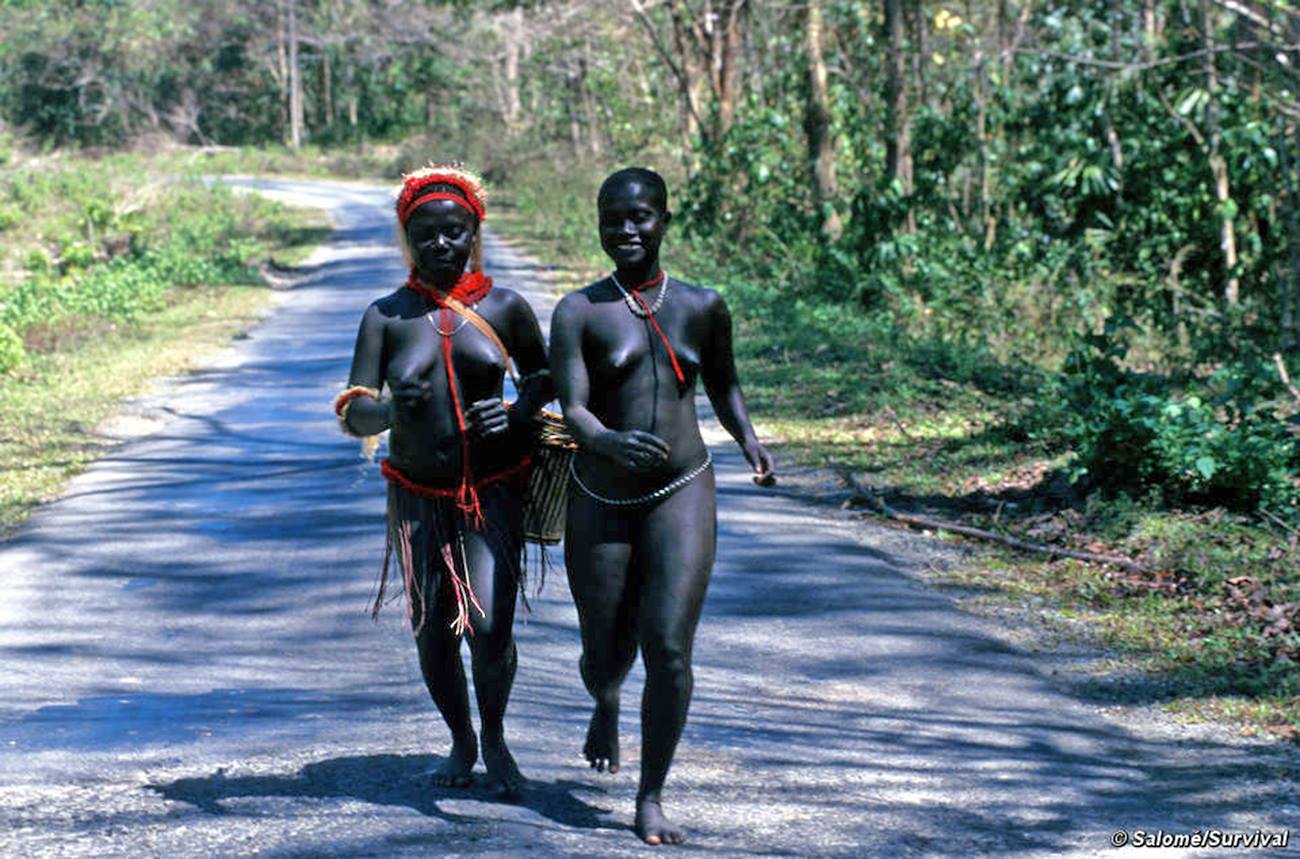

In the great spaces of India, in its distant corners, you can still meet tribes living in the Stone Age, and they are not eager to taste the blessings of the modern civilization and join its dubious values at all.
This is also true, for example, of the Jarawas, living in the Andaman Islands in the Bay of Bengal. They have not integrated with the main population and continue to live like hundreds of their ancestors’ generations, which especially attracts tourists - annually, about 500,000 curious travelers arrive here to look at them.

As NCST secretary Raghav Chandra told, “These videos are posted under tags like ‘Jarawa Development’ but show them naked or awkward and clumsy.” “Posting these videos is akin to outraging their modesty without their knowledge.”
However, after the local administration promised that no tourist or commercial establishments would be allowed in the area, the ban was lifted, and the tourist flow returned there with a vengeance.

Throughout the 20th century, ‘contact’ missions led by the authorities and designed to raise the Jarawas standard of living, ultimately only spread diseases, alcohol and tobacco addiction. The naive owners of the rainforest who had previously had an isolated lifestyle and refused to contact strangers were fascinated with typical gifts for natives such as fruits, fish, iron tools, utensils, and red pieces of cloth. For these earthly pleasures, they are even now ready not only to pose for the photographs - sexual exploitation has become an everyday part of their unprotected existence.
Blatant evidence of their absolute surrender in the face of mass tourism appeared in 2012, when a video appeared on the Internet showing naked Jarawa tribe women and children made to dance in front of tourists, police and military in return for food.

In 1901, the Jarawas population was 468, according to the estimates by anthropologist Sita Venkateswar in her work published in 2004 and entitled “Development and Ethnocide: Colonial Practices in the Andaman Islands.” By 1931, it had fallen to less than 70 people. The population of the tribes has increased over the past decades thanks to well-established standards, positive government actions and support from the local, national and international organizations. Currently, 471 Jarawas live on the globe, but their number is negligible to save the tribe.

Dr. Kar is highly respected among the Jarawas. Moreover, according to many experts, it was largely thanks to his efforts as a medical specialist and an official that the endangered tribe survived. Nevertheless, he is confident that the tribe - highly protected - is still threatened with the fate of their neighbours - the Great Andamanese living throughout the Great Andaman archipelago in the Andaman Islands. The Great Andamanese are divided into ten major tribes. Once they were serious rivals of the Jarawas, but after the colonial seizure in the mid-19th century, their numbers dropped to less than 50 people. Dr. Kar adds sadly that these are the miserable remnants of the tribe - without language, culture, personality and pride, and if the project to expand the railways in the Andaman Islands is realized, the price could be the existence of one more tribe that has lived in these places since the time immemorial in close communion with nature.
Ultimate adaptation to their habitat was the main condition for the survival of the indigenous people of the Great Andaman archipelago in isolation from the civilized world. This includes a physiological adaptation (skin elasticity, immunity to malaria, amazingly acute eyesight), psychological (complete accommodation to gloomy forest wilds, which brings fear to all strangers) and, most importantly, economic ones.
The depth of the latter is shown, in particular, by the presence of two main groups – the coastal and forest Andamanese. The knowledge of the coastal groups in the field of sea hunting, fish species, their skillful swimming and diving, making boats and various fishing gears is amazing. The groups living in the forest are very remarkable for their excellent knowledge of zoology and botany, their ability to understand the habits of animals and the properties of herbs. All the Andamanese are well aware of what season of the year is good for giant turtle or wild boar hunting, when any plant blooms and what medicinal properties it has, what the most juicy and delicious fruits are.
Up to date, the Andaman natives standing at the level of the development of the Stone Age people live in their own special natural world, where they feel sure and are on firm ground, and which has been their only ecological environment for thousands of years. All other types of environment - social, ethnic - simply did not exist for them before their contact with the new settlers, who destroyed their traditional well-established world.
